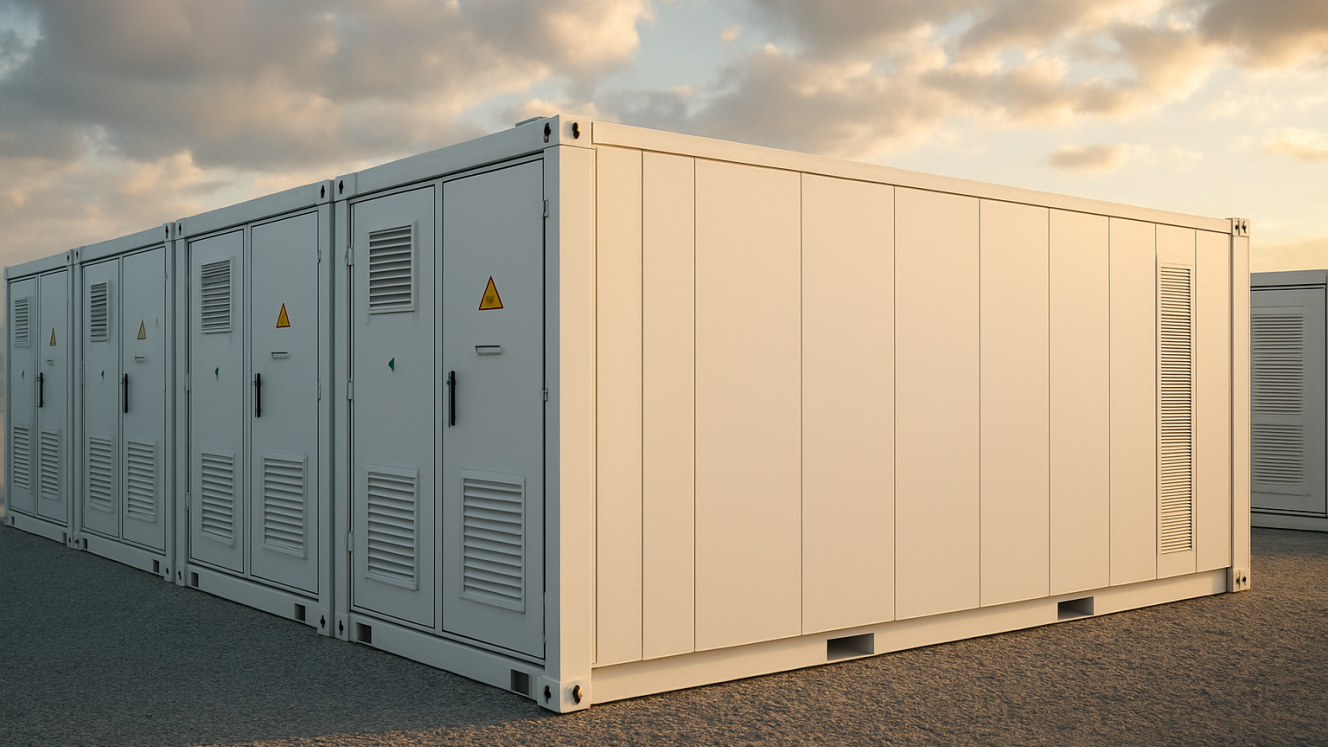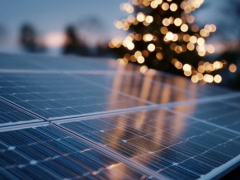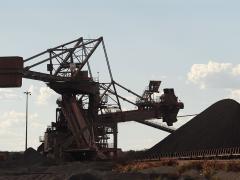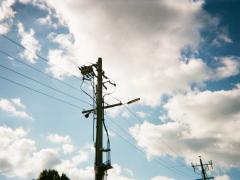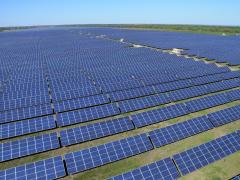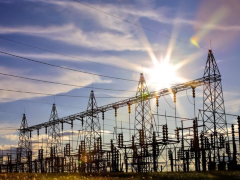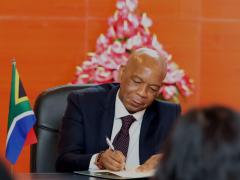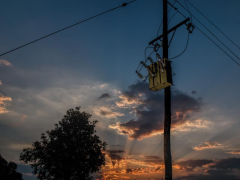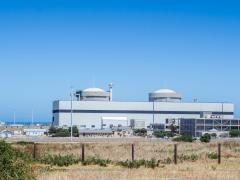South Africa’s Department of Electricity and Energy will conduct a socio-economic cost-benefit analysis in 2025/26 to assess the viability of procuring up to 10 GW of nuclear capacity alongside the development of a comprehensive nuclear fuel cycle strategy.
The Department of Electricity and Energy will also issue progress reports on the multi-purpose research (MPR) reactor project plan, development of a central interim storage facility and monitoring reports on the Koeberg nuclear power plant’s long-term operation programme.
These initiatives were outlined by Zizamele Mbambo, Deputy Director General for Nuclear Energy Regulation and Management in the Department of Electricity and Energy, during a briefing to Parliament’s Portfolio Committee on Electricity and Energy last week. The Department of Electricity and Energy also presented its revised strategic plan for 2024-2029 and annual performance plan for FY25/26.
Nuclear energy receives the second largest allocation in the 2025/26 Medium Term Expenditure Framework (MTEF) of R1,54 billion, after R4,75 billion allocated to projects and programmes. The total Department of Electricity and Energy budget is R6,66 billion for FY25/26.
Mbambo confirmed development of the new MPR is underway to replace the ageing SAFARI-1 research reactor. Government has allocated R1,2 billion over three years for MPR construction. “This is a critical step to ensure South Africa remains at the forefront of nuclear research and continues to supply life-saving radioisotopes to the global healthcare community,” he said.
Mbambo highlighted the role of nuclear in providing clean, reliable baseload energy and supporting industrialisation. “Nuclear is a cornerstone of the energy mix and essential to driving industrialisation,” he said.
During the Q&A session, concerns were raised about reference to a 10 GW nuclear target ahead of the finalisation of Integrated Resource Plan (IRP) 2025. “It’s problematic to make assumptions about the IRP’s outcomes – we must adhere to the IRP process,” a committee member cautioned.
In response, the Minister of Electricity and Energy, Kgosientsho Ramokgopa, said the 10 GW figure was informed by technical consultations. “We have consulted vendor countries that operate across the full nuclear fuel cycle. Their consistent advice is that a programme of 10 GW or more enables the building of a resilient and sustainable nuclear programme,” he said.
The forthcoming analysis will assess the socio-economic implications, scale and timelines of such a programme, added Ramokgopa. “This analysis will help us determine the most appropriate pace and scale of the nuclear build.”
The IRP will not decide on nuclear’s inclusion in the energy mix, stated Ramokgopa. “Nuclear is South African government policy. The IRP will indicate what portion of the broader 10 GW ambition should be pursued during the current planning cycle.” He cited IRP 2019’s 2 500 MW allocation as an example. “We are not pre-empting the IRP’s outcomes. We are preparing the groundwork for a sustainable nuclear programme that can evolve over time.”

